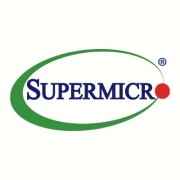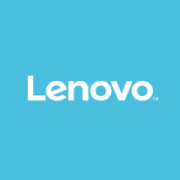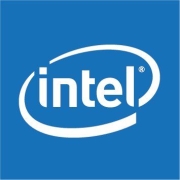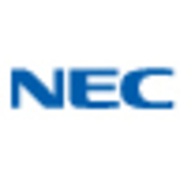Blade Servers are high-density servers designed to save space and improve energy efficiency. They are commonly used in data centers to optimize power and cooling requirements.
Designed with a modular architecture, Blade Servers maximize performance within a compact design. Multiple server blades can be housed in a single chassis, reducing physical space and minimizing cabling needs. Users report noticeable improvements in scalability and manageability, often highlighting enhanced resource optimization.
What are the critical features of Blade Servers?In industries such as finance and healthcare, Blade Servers support critical applications by providing reliable, scalable IT infrastructure. In telecommunication, they offer robust solutions for managing large amounts of data efficiently.
Blade Servers offer organizations a way to consolidate their server environments, which leads to reduced physical space requirements and improved energy efficiency. This makes them an appealing choice for companies looking to optimize their IT operations without excessive investment.






























Blade Servers maximize data center efficiency by consolidating computing resources into a compact, centralized solution. They minimize physical space requirements and energy consumption while allowing for easy scalability and upgradeability. This results in lower IT costs and optimized use of available infrastructure, making them an ideal choice for businesses aiming to enhance operational efficiency and resource management.
What are the key advantages of using Blade Servers in virtualization environments?Blade Servers are particularly beneficial in virtualization environments due to their high-density design, which allows for the support of multiple virtual machines. This enables you to run numerous applications simultaneously without performance degradation. The integrated management tools simplify server management, making it easier to allocate resources as needed, thereby ensuring maximum use of physical hardware and leading to cost savings.
How do Blade Servers ensure better connectivity and networking?Blade Servers provide superior connectivity and networking capabilities through their integrated switches and network modules. These components reduce the need for separate networking hardware, streamlining your data center's architecture. This integration leads to reduced latency and minimizes potential points of failure, ensuring more reliable and faster data processing and communication.
Which industries benefit most from implementing Blade Server solutions?Industries with rapidly changing data needs, such as finance, health care, and telecommunications, benefit significantly from Blade Server solutions. These industries require fast, reliable data processing and storage capabilities. Blade Servers offer scalability, speed, and efficiency, which are crucial in handling large data volumes and facilitating quick access and analysis to support business operations and decision-making.
What considerations should be made when transitioning to Blade Server architecture?When transitioning to Blade Server architecture, consider space, power requirements, and cooling capacity to accommodate the new hardware. Assess your current and future compute and storage needs to ensure scalability. Evaluate existing legacy systems for compatibility and integration capabilities, and plan for potential training and operational process changes. These considerations will help you make a successful transition that maximizes the technology's benefits.